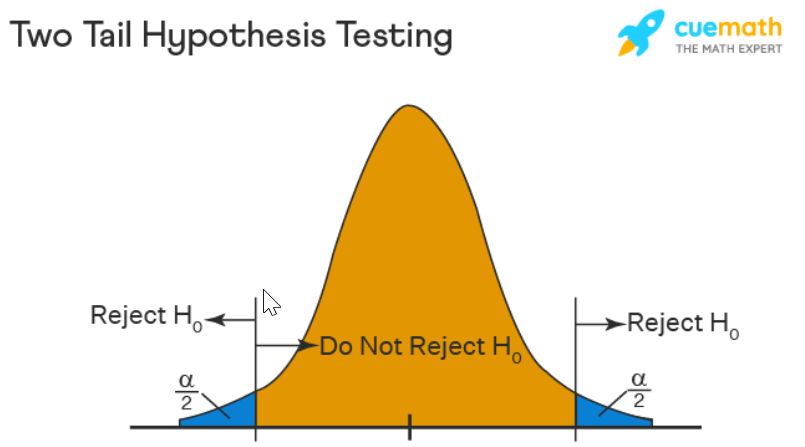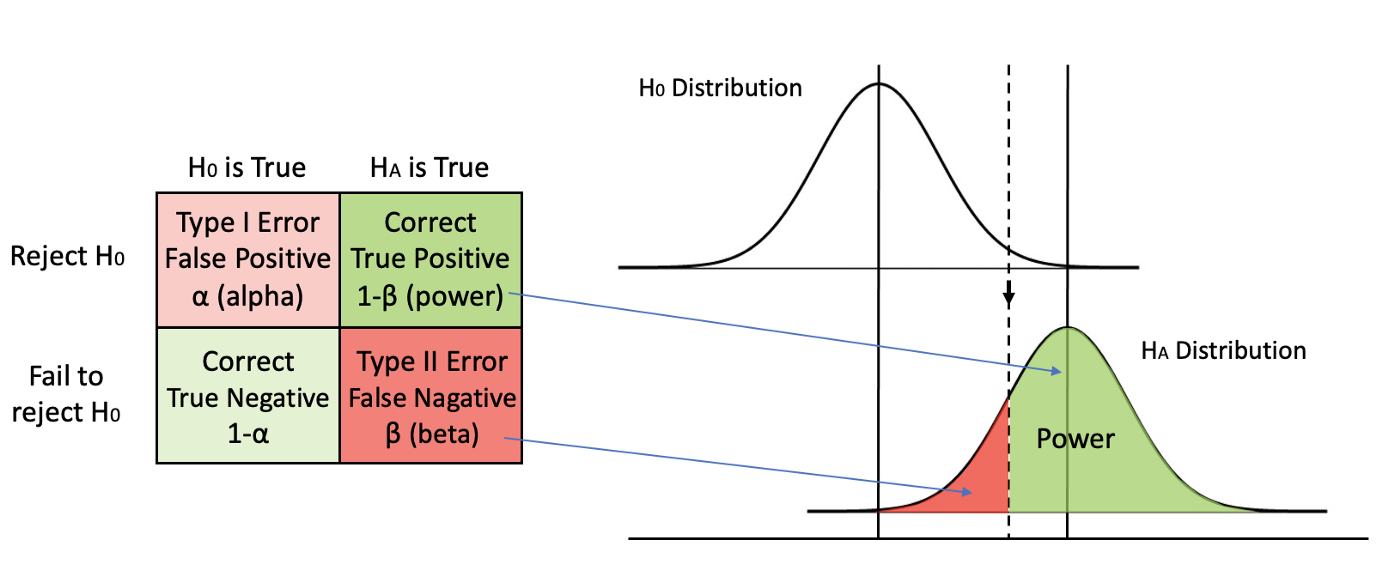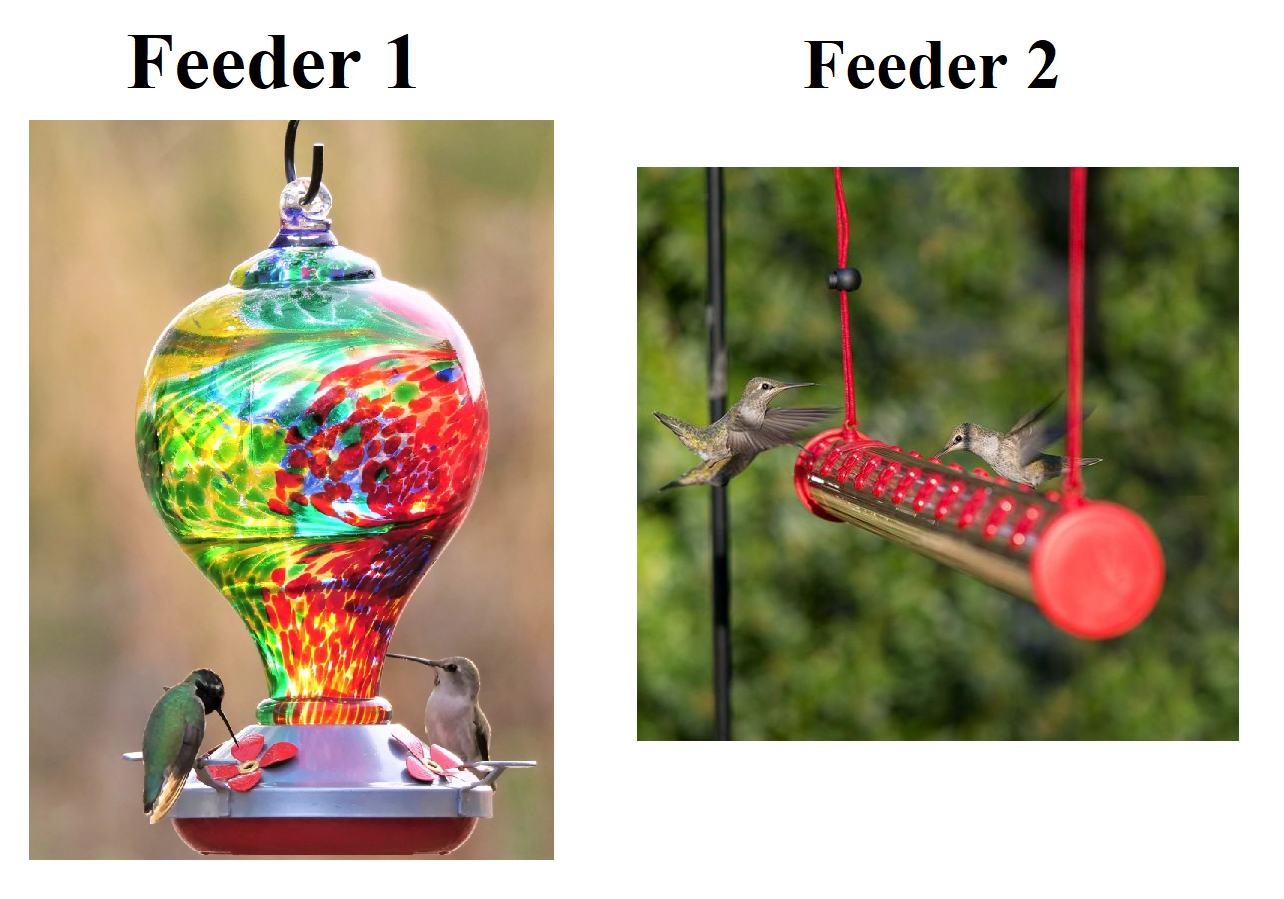[1] 23.43042Sample Size
How many samples?
Most common question
- depends on sampling
- depends on design
- depends on objective
Population Mean
Sample size (n) for estimating the population mean (Thompson Ch. 4, Eqn 3)
\[ n = \frac{1}{d^2/(z^{2}\sigma^2)+(1/N)} \]
- \(d\) = absolute difference b/w population mean and estimate
- \(d\) = \(\lvert{\mu- \hat{\mu}}\lvert\)
- \(N\) = total possible sample units
- \(\sigma^2\) = population variance
- \(z\) = upper \(\alpha/2\) of the std. normal dist. (i.e, Normal(0,1))
- \(z_{1-\alpha/2}\) = \(z_{1-0.01/2} = z_{0.99}\) = 2.5758293
Population Mean
Objective: to know the average count of bass with fish lice

- Common in eutrophic lakes throughout North America
- Assuming no error in detecting lice
Population Mean
- N = number of areas in a lake with bass = 200
- Abs. difference (d) is 10
- 99% confidence, \(\alpha = 0.01\)
- \(\sigma = 20\); variation in count across sample units
Population Mean
Thompson Ch.4 : “A bothersome aspect of sample size formulas such as these is that they depend on the population variance”.
Me - “A bothersome aspect of sample size formulas such as these is that they depend on the difference (\(d\)); we know more about \(n\) than \(d\)”.
Population Mean
- You can afford to sample 10 units
- What is the worst level of difference (\(d\)) for
- 95% confidence level
- \(\sigma\) could range from 10 to 100
- Use Sample size equation to solve
How would you solve this?
This is a HW question
Work on problem together OR more about sample sizes?
NHT Paradigm
The null hypothesis testing paradigm is often focused on Type I error (\(\alpha\)), rejecting the null hypothesis when it is actually true.
The Null hypothesis is commonly, \(H_0(\mu_1 = \mu_2)\)

Statistical Power
Definition: the probability that a test will reject a false null hypothesis.
- \(H_0(\mu_1 = \mu_2)\) vs \(H_1(\mu_1 \ne \mu_2)\)
- The higher the statistical power for a given experiment, the lower the probability of making a Type II error (false negative)
Power Analysis
Type I Error = P(reject \(H_0\) | \(H_0\) is true) = \(\alpha\)
Power = P(reject \(H_0\) | \(H_1\) is true)
Power = 1 - Type II Error
Power = 1 - Pr(False Negative)
Power = 1 - \(\beta\)
Type II Error / Power

Power Analysis
Contributions to statistical power
The statistical test and its assumptions
Effective Sample size (simplest case this is \(n\) per group)
Reality
- t-test: difference of means
- How different these are: \(\mu_{1}\) and \(\mu_{2}\)
- How variable these are: \(\sigma_{1}\) and \(\sigma_{2}\)
Case Study
Objective: To evaluate the relative use of two types of hummingbird feeders.

Case Study
Null Hypothesis
Mean daily use of each feeder is equal (\(\mu_{1} = \mu_{2}\)).
Alt. Hypothesis
Mean daily use of each feeder is not equal (\(\mu_{1} \neq \mu_{2}\)).
Statistical Test: two-tailed t-test
Case Study
First, we need to define TRUTH

Case Study (R Code)
library(pwr)
# Wish to test a difference b/w groups 1 and 2
# Want to know if there is a difference in means
#Difference in Means
effect.size <- Group1.Mean-Group2.Mean
#Group st. dev
group.sd <- sqrt(mean(c(Group1.SD^2,Group2.SD^2)))
#Mean difference divided by group stdev
#How does the numerator and denominator influence this number?
d <- effect.size/group.sdCase Study
power = 0.8
out = pwr.t.test(d=d,power=power,type="two.sample",
alternative="two.sided")
#Sample Size Needed for each Group
out$n[1] 16.71472Assuming Independence b/w feeders
How do we design our sampling to ensure this?
Tradeoff (Power vs N)
Let’s consider multiple levels of power

Truth?
These results assume we are correct about…
What if we are wrong?
How do we evaluate this?
Tradeoffs
Power, Effect Size, N
# Allow group 1 to vary
Group1.Mean <- seq(10,110,by=5)
#THIS IS THE SAME
Group1.SD <- 20
Group2.Mean <- 120
Group2.SD <- 20
group.sd <- sqrt(mean(Group1.SD^2,Group2.SD^2))
# Variable effect.size
effect.size <- Group1.Mean-Group2.Mean
d <- effect.size/group.sd
#setup combinations of d and power
power = seq(0.8,0.99,by=0.01)
power.d = expand.grid(power,d)
power.d$Var1 = as.numeric(power.d$Var1)#make new function and use mapply
my.func = function(x,x2){
pwr.t.test(d=x2,power=x,
type="two.sample",
alternative="two.sided"
)$n
}
# mapply function
out= mapply(power.d$Var1,power.d$Var2, FUN=my.func)
# unstandardized the effect size back to difference of means
power.d$Var2=power.d$Var2*group.sd
out2=cbind(power.d,out)
colnames(out2)=c("power","d","n")Tradeoffs
Power, Effect Size, N